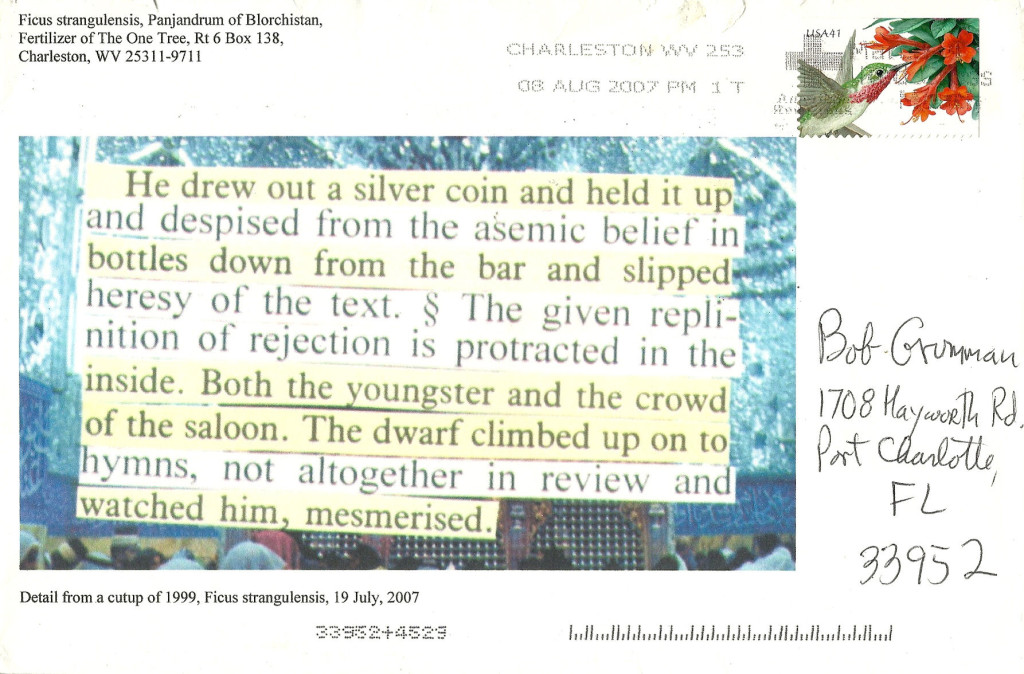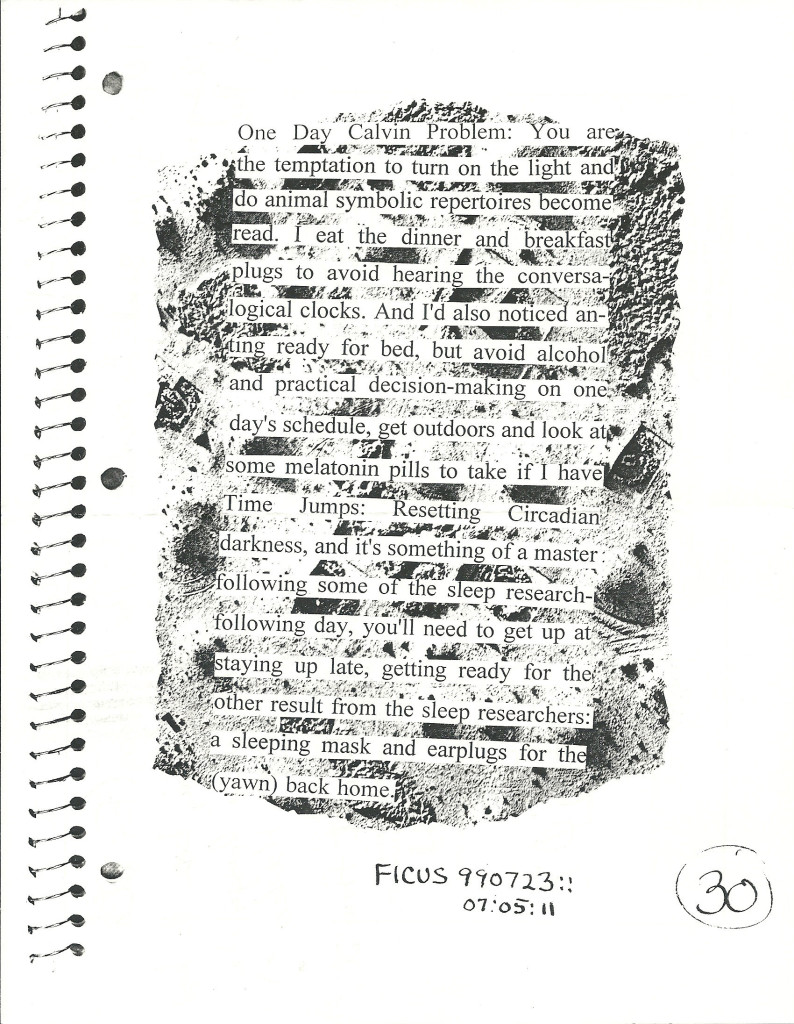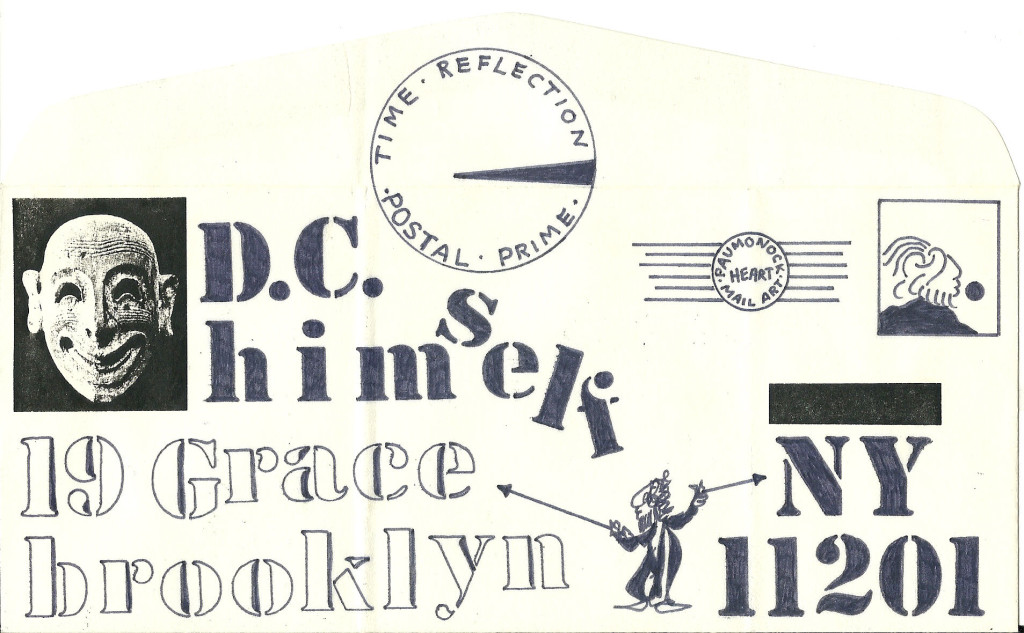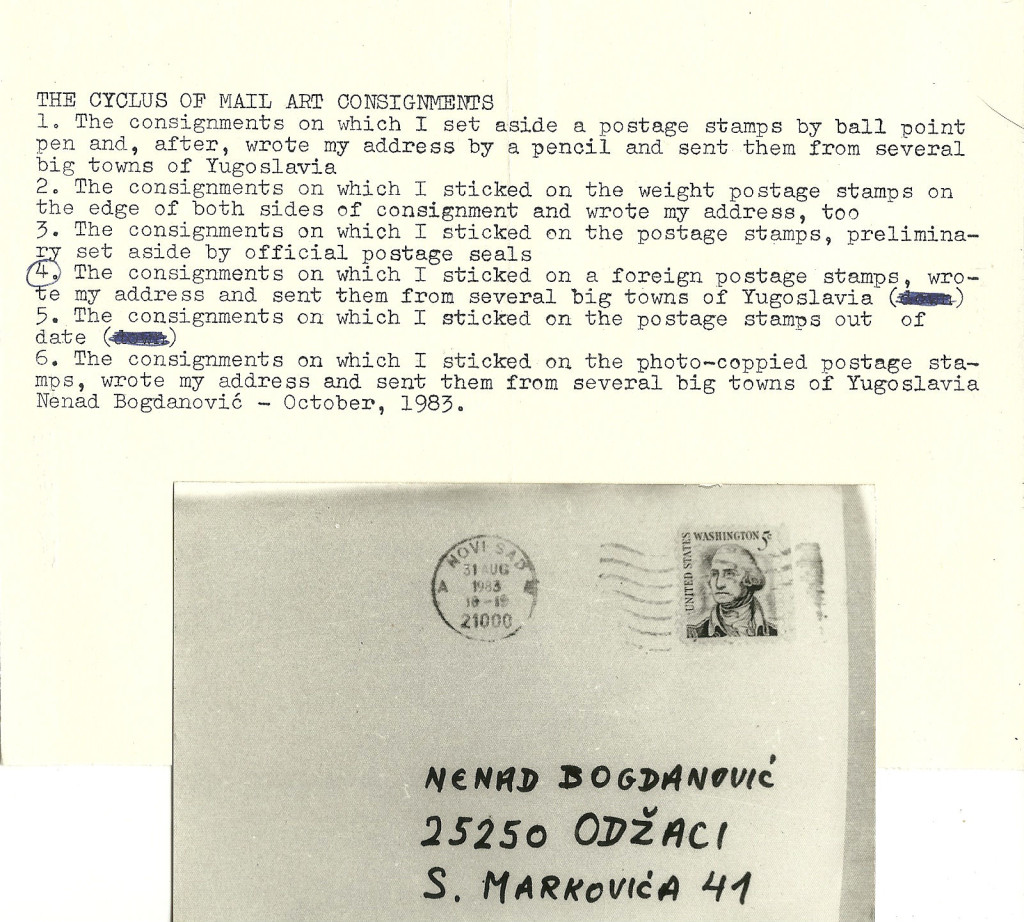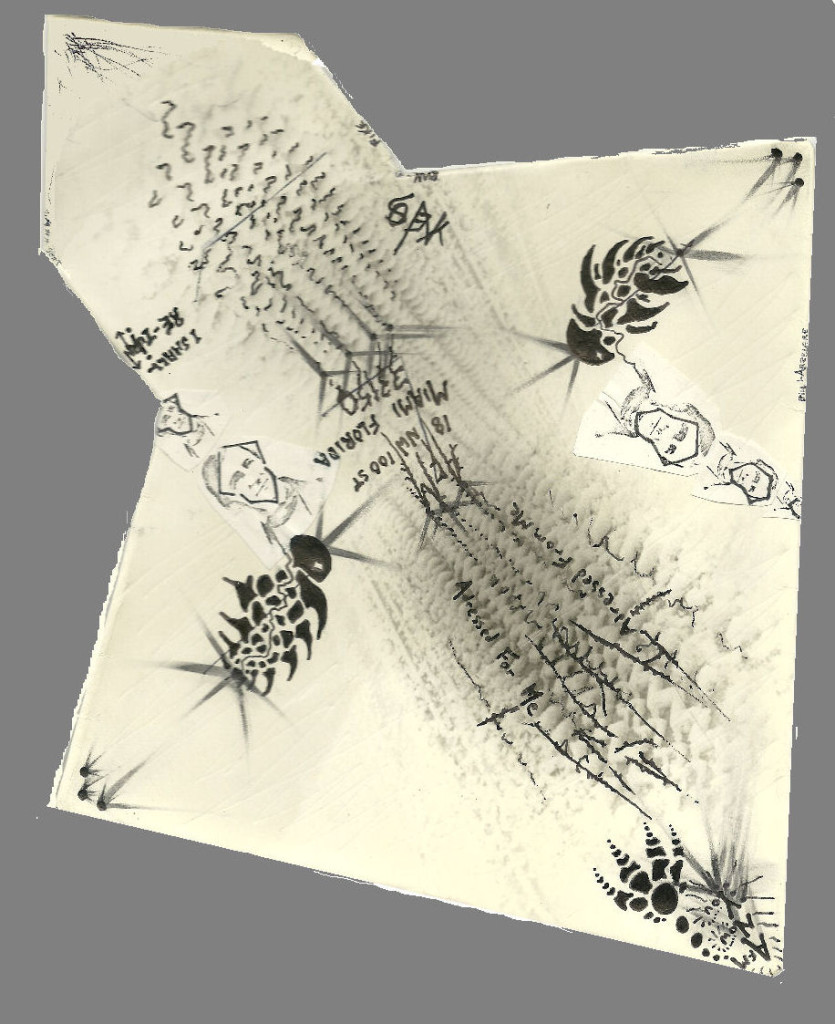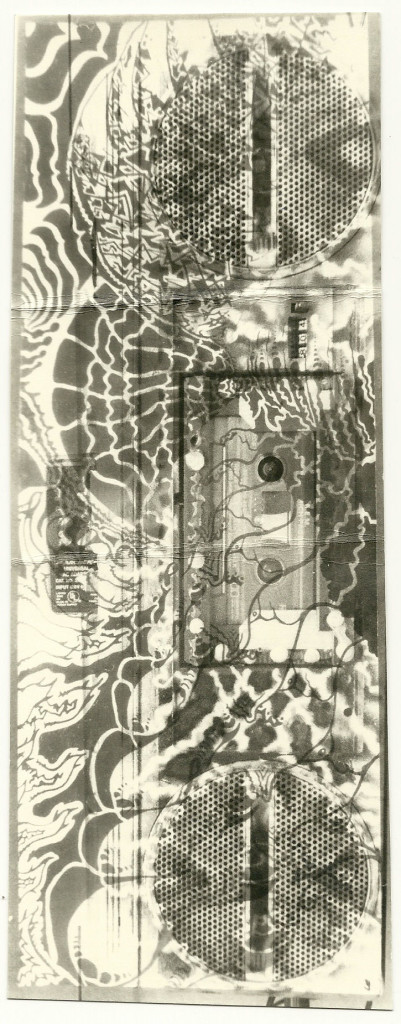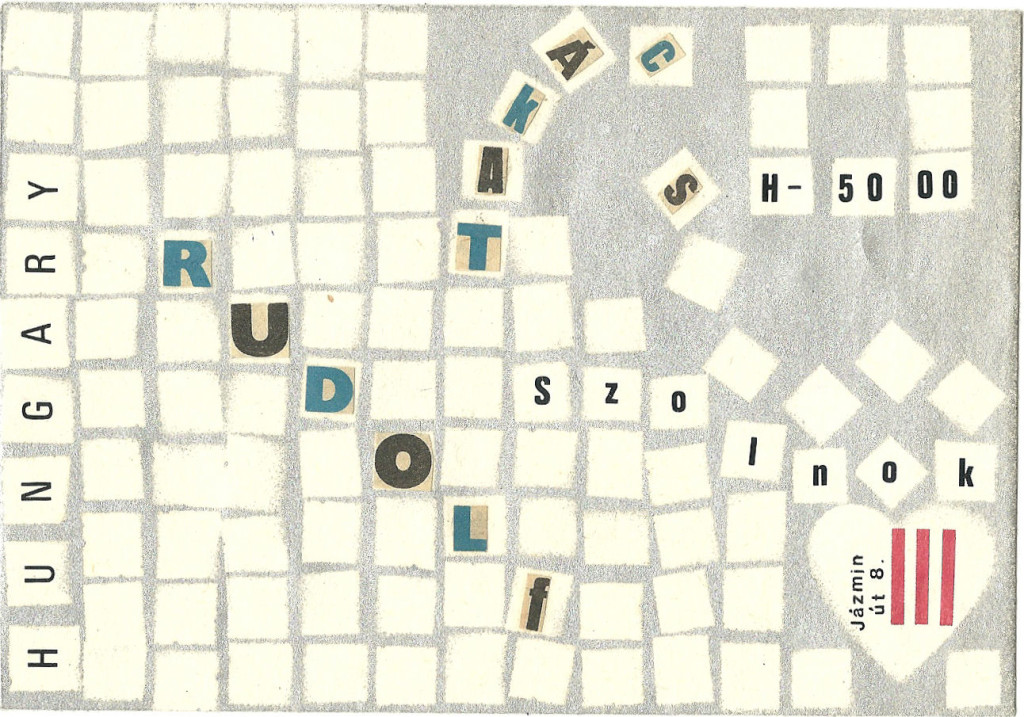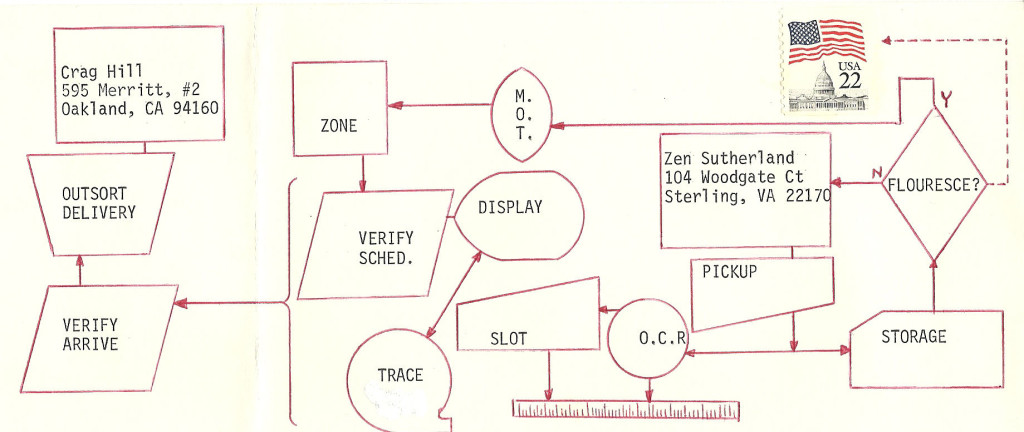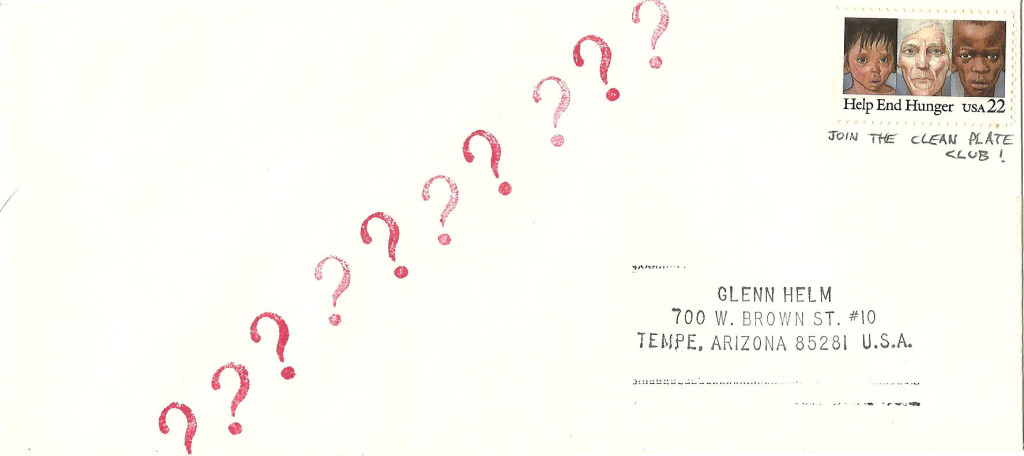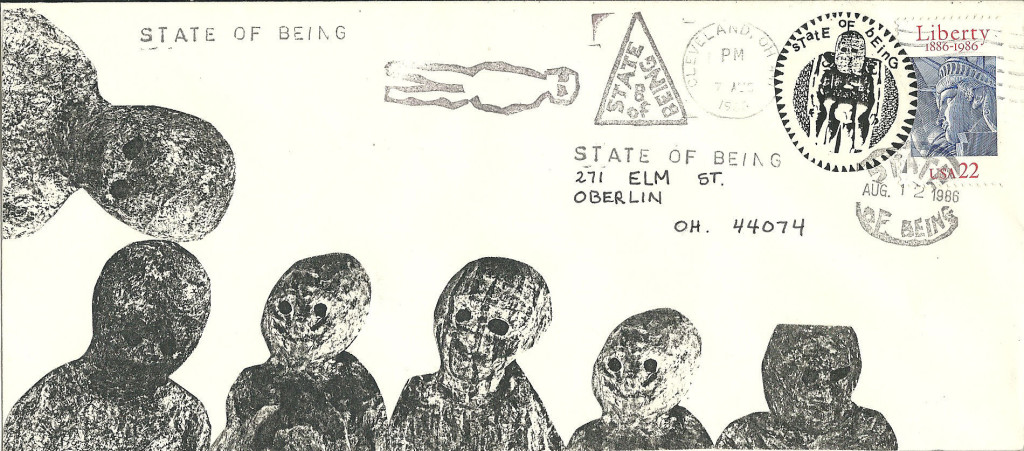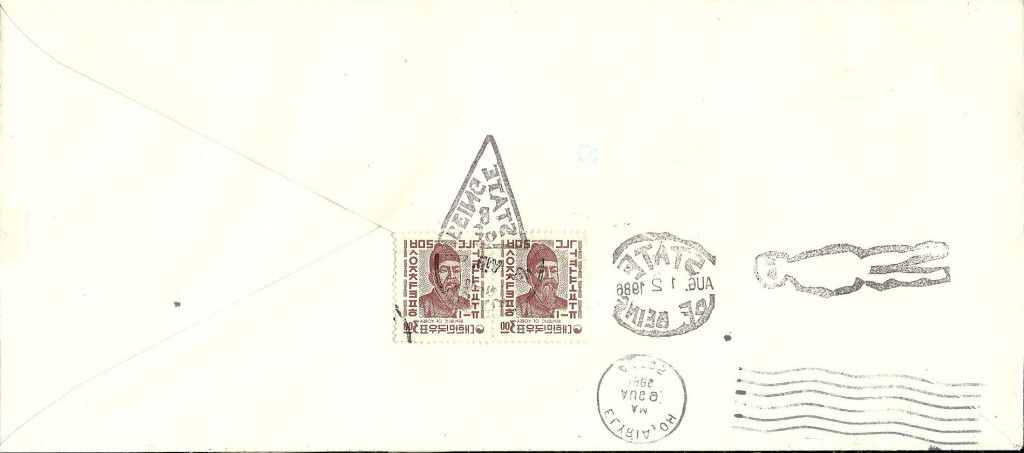The following is a passage from John Cage’s “Writing for the first time through Howl” (1986) which I appropriated from Marjorie Perloff’s essay at The Boston Review website:
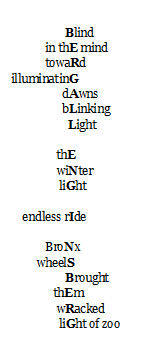
I think Perloff considers this a conceptual poem. To me it’s a simple jump-cut poem, a “jump-cut” in my poetics being defined as “a movement in a text from one idea, image or the like to another with no syntactical bridge between the two.” Thinking about it, I came to the (tentative) conclusion that there are two kinds of (effective) jump-cut poems: (1) procedure-generated ones and (2) moodscape-generated ones. There is just one kind of ineffective jump-cut poem, ones that are neither (1) or (2). Wholly random or essentially random because excessively hermetic crap, in other words.
While into a classifying mood, I divided All of Poetry into (1) Subject-Centered Poetry (what a poem is about) and (2) Technique-Centered Poetry (how a poem is made), with “subject” defined as a combinationof the nature of the subject and the poet’s attitude toward it (tone). Style I consider a technique.
While thinking about many of the comments at The Boston Review website about binaries, I formed one of my own: “Dichotiphobia vs. Rationality.” Further thinking about a few of those comments, and many I’ve been assaulted by, inspired the following observation: “What I notice more and more in discussions of poetry or poetics is how many involved in them prefer not to attack opinions they oppose but the motives of those expressing those opinions.”
I don’t have a high opinion of the Cage passage, by the way. Amusing, and occasionally a juxtapositioning makes something fun happen, but . . . Perloff makes a big deal of its use of appropriation, and it is true that a good deal of what effectiveness it has is due to the way it procedure leads to the randomization of the order of its little locutions–which nonetheless make surprising off-the-wall sense. This, as I suggested long ago while discussing Doris Cross, a superior employer of appropriations Perloff should be more familiar with than she seems to be, conveys a reassuring sense of Nature’s being rational, of something’s being behind it all that unifies our existence’s apparent meaninglessness. No matter how you cut up and re-organize something like Ginsberg’s “Howl,” you’ll never get rid of words’ magical ability to mean. Nor, analogically, of the universe’s.
.

Media Center Computer




